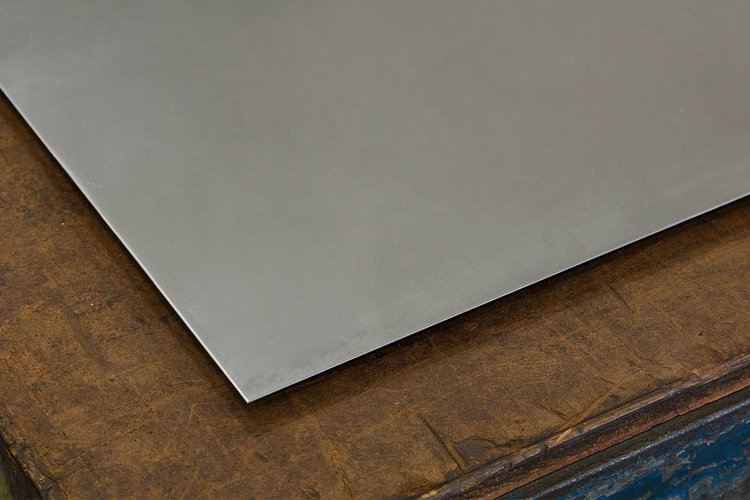Economically, stainless steel sheet materials can compete with higher-cost nickel- or titanium-based engineered metals and alloys, while offering a range of corrosion resistance properties for a variety of applications. They have better strength than most polymer products (GRP), are easily repairable and recyclable at the end of their useful life.
When considering stainless steel, the most important characteristics are: corrosion resistance (or oxidation resistance), mechanical and physical properties, available forming fabrication and joining techniques, environmental and material costs (including total life cycle costs), the basic approach is to choose the best possible Possibly low cost, but desired corrosion resistance. Other considerations such as strength and hardenability are secondary.
The content of chromium (Cr) separates stainless steel from other steels. The unique self-healing "passive" finish on steel is due to chrome. Commercial grades have a chromium content of at least about 11%. These can be ferrite or martensite, depending on the carbon range control. The addition of chromium enhances corrosion and oxidation resistance, so 17%Cr 430 (1.4016) ferrite is expected to be an improvement over the '410S' (1.4000) type. Similarly, 15% Cr martensite 431 (1.4057) can be expected to have better corrosion resistance than 12% Cr 420 (1.4021/1.4028) types.

Chromium contents in excess of 20% provide improved "aqueous" corrosion resistance to duplex and high alloyed austenites and also form the basis for good high temperature oxidation resistance of ferritic and austenitic heat resistant grades such as The rather rare ferrite 446 (25% Cr) or the more widely used 25% Cr, 20% nickel (Ni) austenitic 310 (1.4845) grades. In addition to this basic "rule", nickel (Ni) expands the range of environments that stainless steel can "handle". 2% Ni added to 431 (1.4057) martensitic type improves corrosion resistance, but its main purpose is to improve the impact toughness of the steel. About 4.5% to 6.5% Ni is added when forming the double-stranded type. Austenite ranges from about 7% to over 20%. However, corrosion resistance is not only related to nickel levels. It is wrong to assume that 304 (1.4301) with 8% Ni therefore has better corrosion resistance, i.e. 1.4462 duplex stainless steel with only 5% Ni.
More specific alloy additions are also for the purpose of improving corrosion resistance. These include molybdenum (Mo) and nitrogen (N) for resistance to pitting and crevice corrosion. Type 316 is the predominant Mo bearing austenitic. Many existing duplex stainless steel grades contain both Mo and N additives. Copper is also used to improve some "common" corrosion resistance, but in hazardous environments such as the "intermediate" concentration range of sulfuric acid. Copper-containing grades include austenitic 904L (1.4539) type and some 25% Cr "super duplex" steels such as 1.4501 and 1.4507.
The basic mechanical strength increases with alloy additions, but the differences in the atomic structure of the various groups of stainless steels have a more significant effect. Like other alloy steels, only martensitic stainless steels can be hardened by heat treatment. Precipitation hardening stainless steels are strengthened by heat treatment, but use a different mechanism for the martensitic type. Very small particles are formed by appropriate heat treatment and act as reinforcing agents in the steel matrix. Ferrite, austenite and duplex cannot be strengthened or hardened by heat treatment, but the degree of cold working as a strengthening mechanism reacts to varying degrees.